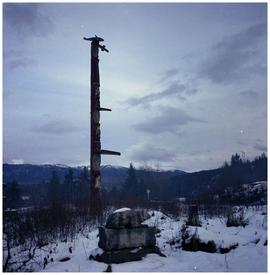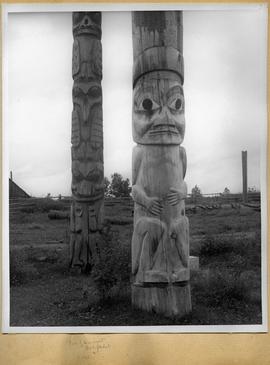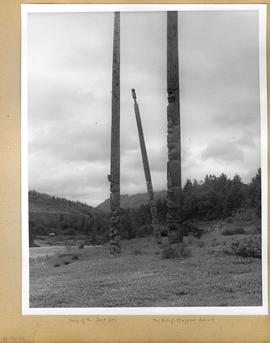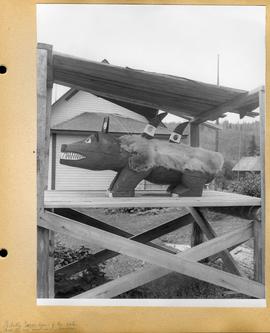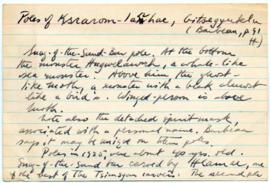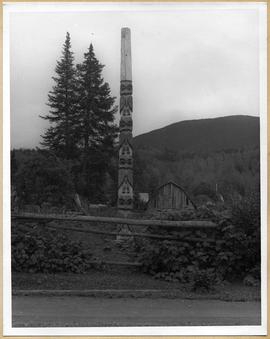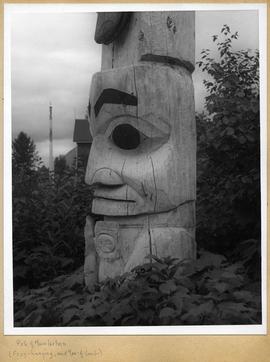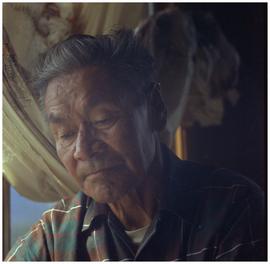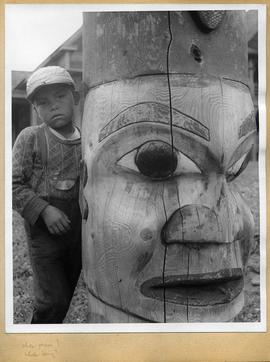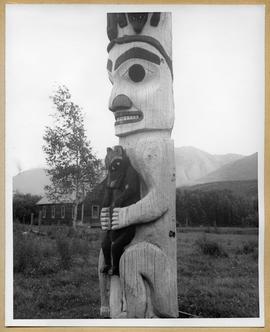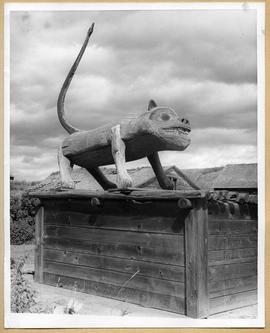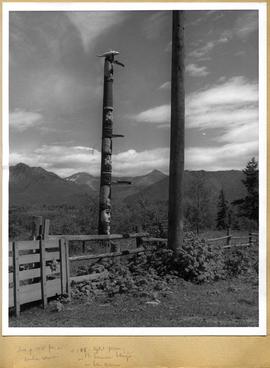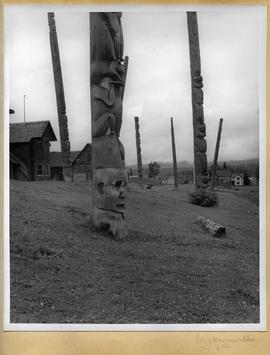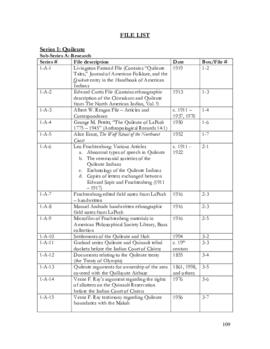Fonds consists of records relating to the numerous culture and language projects that Powell and Jensen worked on since 1976. The communities with which they worked include:
• The Quileute of La Push
• The Kwakwaka’wakw of Alert Bay
• The Gitxsan of Kispiox, Gitanyow, and surrounding villages
• The Nuu-chah-nulth of Vancouver Island
• The Musqueam of Vancouver
• The Seton Lake St'at'imc (Lillooet) of Shalalth
• The Shuswap of Alkali Lake, Soda Creek, Dog Creek, Canim Lake, and Sugar Cane
• The Haisla of Kitamaat
• The Nisga’a of Gingolx (Kincolith) and New Aiyansh
Most of the projects had an end goal to produce a book, language education materials, or teacher training materials. Often the education materials incorporated cultural lessons throughout. The records created in the production of the books are varied and reflect the intrinsic connection between language, culture, and daily activities in the communities. Powell and Jensen were co-editors for nearly all of the language books and materials produced. Although some of the projects reflected in the records were done primarily by Powell or primarily by Jensen, the vast majority of the work involves collaboration between the two in some aspect. As Jensen and Powell immersed themselves in the communities they worked for, often their personal photographs and records are interspersed with those relating to their work. This community involvement enhanced their relationships with the people with whom they were working and allowed them to experience and participate in cultural activities as part of those communities. This close relationship is reflected in and is integral to their work. Jensen and Powell have two sons: Nels, born in 1978, and Luke, born in 1981. Their sons travelled with them to the communities in which they worked and lived, and on their work trips and sabbaticals. Nels and Luke are also present in many of the photographic records.
The records contain a mixture of research, field notes, administrative records, and publications at various stages, in addition to audio and visual records. Field notes, for the most part handwritten, and archival research into language and culture groups was undertaken by Powell, whilst the majority of the photography, found in a variety of formats, was done by Jensen. Manuscripts and final publications were a combined effort and are included at various stages. Administrative records, including grant proposals, are found throughout.
Fonds consists of 13 series of records. Series are arranged according to community and/or project, and include:
- Quileute
- Chinook Jargon
- Kwak’wala (U’Mista)
- Gitxsan
- Nuu-chah-nulth
- Salishan
- Shuswap
- Haisla
- Tait
- Northwest Coast artists
- Northwest Coast groups
- UBC totems/events
- Publications

